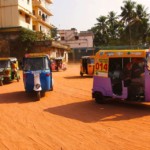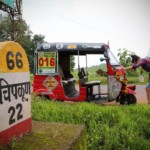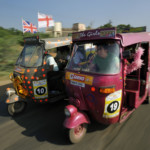There are more than 30 protected sites in India altogether, which is no surprise: it is a country with a rich cultural and historical past. Let’s look at how many UNESCO World Heritage Sites in Southern India we can list!
Churches of Goa
There is a long list of convents and churches in Goa that have been named UNESCO World Heritage sites. They were built by the Portuguese in the 15th and 16th centuries in an effort to spread Christianity. The most beautiful of these churches and convents are: Saint Catherine’s Chapel, Church and Convent of Saint Francis of Assisi, Basílica do Bom Jesus, Igreja de São Francisco de Assis, Church of Saint Cajetan and its seminary, Church of Our Lady of the Rosary and Church of Saint Augustine. The most famous churches of these is the Basílica do Bom Jesus, because it contains the relics of St. Francis Xavier.
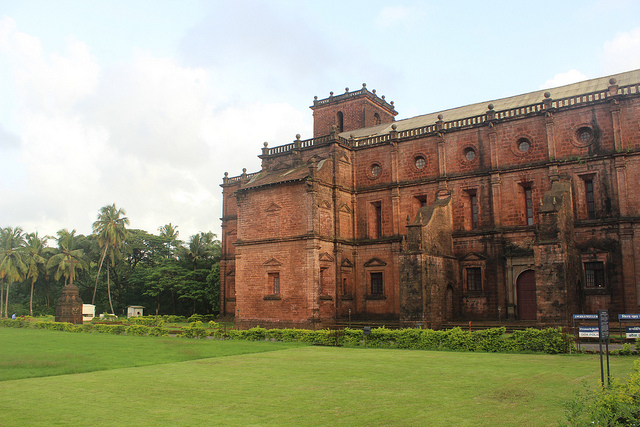
Group of Monuments at Hampi, Karnataka
Situated in the Northern part of Karnataka, the ruins at Hampi symbolize a time long gone, but ever important – it was the last capital of the last Hindu Kingdom of Vijayanagar. The absurdly rich royalty at the time built Dravidian temples that became famous among travellers in the 14th and 16th century. The temples were abandoned when the Deccan Muslim Confederacy invaded the city. The most significant temple among the ruins is the Virupaksha Temple, which still is an important religious site for Hindus. There are also a lot of other temples in Hampi that are worth seeing, like the Krishna temple complex and the Lotus Mahal complex.
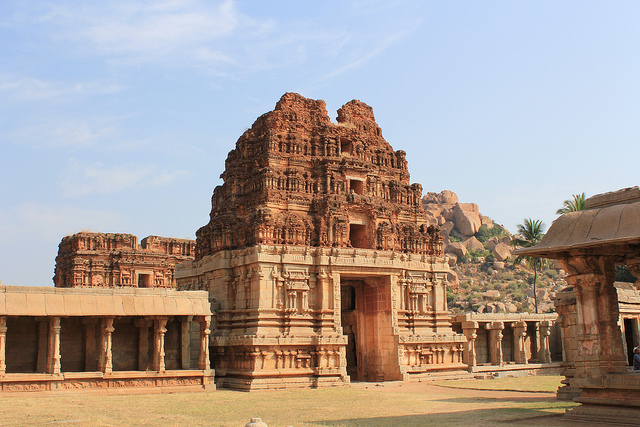
Group of Monuments at Pattadakal, Karnataka
The group of monuments at Pattadakal are most well-known for their style of architecture. They were built under the Chalukya dynasty, and reflect the eclectic style used at that time, around 6th and 7th centuries. There are nine Hindu temples worth seeing here – all of them are equally amazing. There is also a Jain sanctuary, and the showstopper of all: the Temple of Virupaksha. It was commissioned by Queen Lokamahadevi in 740, to pay homage to her husband’s great success in defeating the kings from the South.
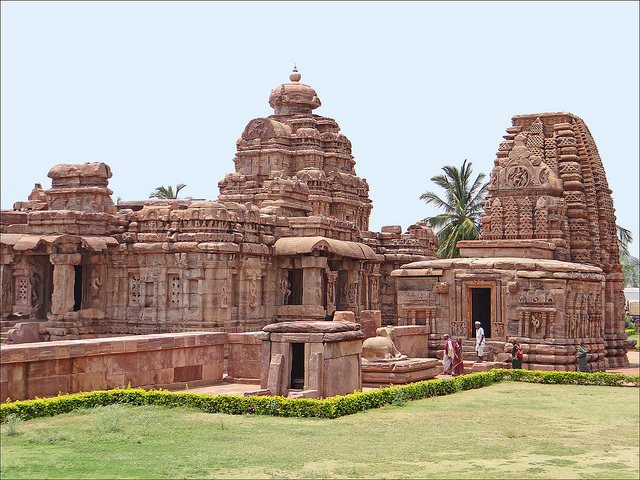
Great Chola Temples, Tamilnadu
As the name might suggest, these buildings in Tamil Nadu were built during the Chola Empire. Three temples are the most important: the Temple at Gangaikonda Cholapuram, the Airavatesvara Temple and the Brihadisvara Temple. The Brihadisvara Temple was commissioned by Rajaraja I. and is the most perfect example of Chola architectural elements. The Temple at Gangaikonda Cholapuram was dedicated to Lord Shiva and built under the reign of Rajendera I., while the Airavatesvara Temple was built while Rajaraja II. was leader – its most distinctive feature is that it looks quite different from the other two temples. Al of the celebrations and spiritual rituals that have been held in the past are still being honored today, showing us just how important these temples are for the Tamil heritage.
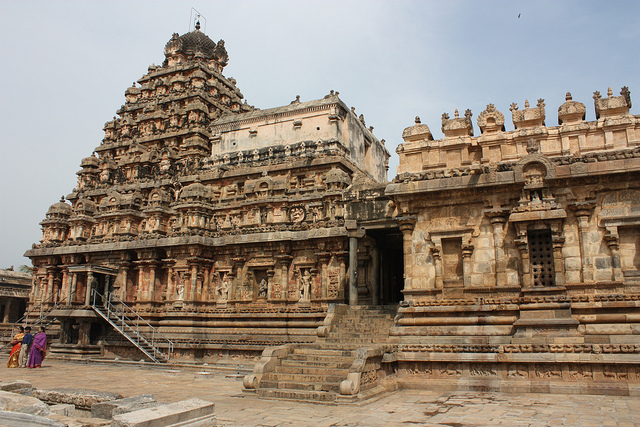
Group of Monuments at Mahabalipuram, Tamilnadu
There are a large number of temples and buildings that are worth mentioning when it comes to Mahabalipuram:, Ganesha Ratha, Cave Temples of Mahabalipuram, Structural Temples including the Olakkannesvara Temple and the Shore Temple, Descent of the Ganges, and the The Pancha Rathas Temples. Not far from Chennai, these structures were built during the reign of the Pallava dynasty and are famously carved out of rocks. There are forty sanctuaries among the monuments and the largest Open Air Rock Relief, called Ganga’s Descent. It is also important to mention the beautiful series of caves that constitute a Cave temple – it is a truly spiritual place to visit.
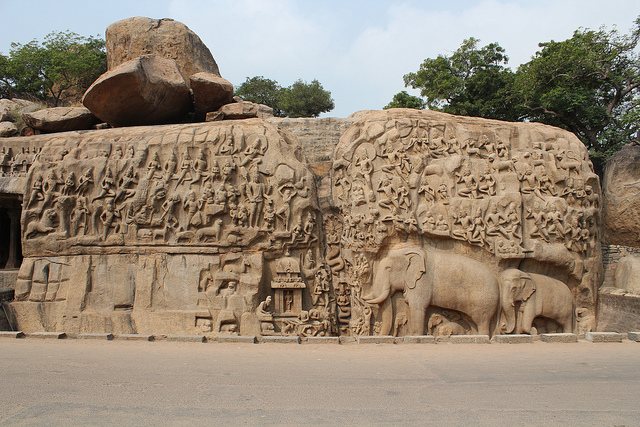
Western Ghats, Tamilnadu, Kerala, Karnataka
Also known as the Sahyadri Mountain ranges, the Western Ghats run northwards along the western part of the Deccan Plateau. They are not specifically only centered in one region, but in four: Kerala, Karnataka, Tamil Nadu and Maharashtra. The highest point of the mountain range is around 1200 meters, and the area spreads out on more than 160,000 square kilometers. It was named a UNESCO World Heritage Site because this area is among the world’s top eight World’s Biological Hot Spots, which means that it has incredibly high numbers of different types of species, be it animals or botanical wonders. Most of the animals in the Western Ghats are highly endangered.
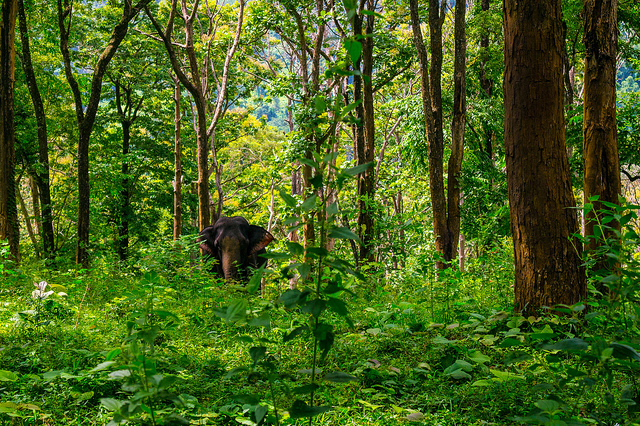
19Jan
chola temples, goa churches, Hampi, India UNESCO sites, Kerala, Mahabalipuram, pattadkal temples, Southern India, tamilnadu, unesco south india, UNESCO World Heritage Site, western ghats, western ghats wildlife, World heritage sites in southern india
0


